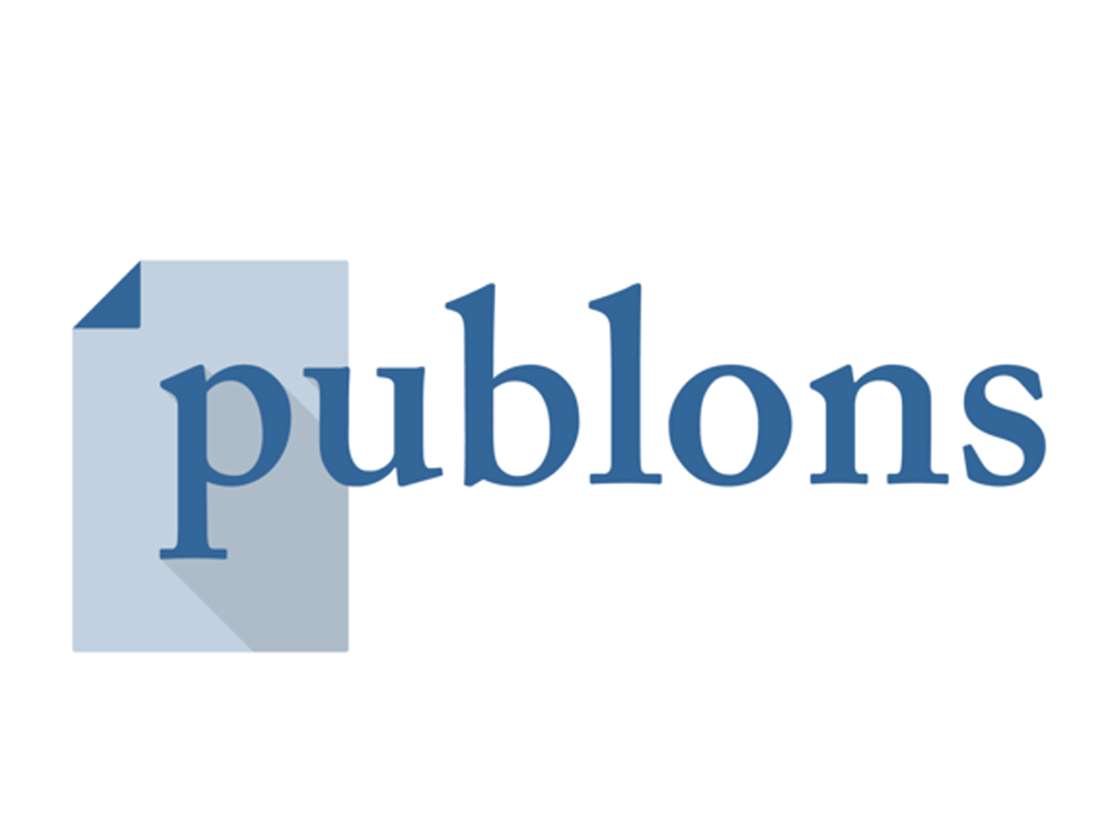DESTINATION BRANDING STRATEGY BENDOSARI TOURISM VILLAGE-MALANG REGENCY, THROUGH CREATING A VISUAL IDENTITY
DOI:
https://doi.org/10.21512/seeij.v9i2.12195Keywords:
Visual Identity, Logo, Bendosari Tourism VillageAbstract
Bendosari Tourism Village, Malang Regency is one of the strategic alternative tourist destinations because Bendosari borders directly with Batu City, Blitar Regency and Kediri Regency. Bendosari Tourism Village has diverse potentials, including natural tourism, village products such as agriculture, plantations, and technological innovations such as biogas. In addition, what makes this village interesting is that it still maintains customs, local wisdom and community culture. To maximize this potential, a strong and representative visual identity is needed. The purpose of this design is to produce a visual identity that can represent the image of Bendosari Tourism Village which can be implemented in various media according to the needs to create the identity of Bendosari tourism village. The method used in this study is a qualitative method consisting of observation, interviews, documentation, and literature studies. The results of this design are an attractive and easily recognizable Bendosari Tourism Village logo that reflects the diversity of village potential and its application design in various promotional media and merchandise, such as brochures, banners, social media promotions, t-shirts, hats, and others. The implementation of this visual identity aims to increase the visibility of Bendosari Tourism Village, attract visitors, and promote local products and innovations. This research is expected that visual identity can support destination branding strategy and contribute to tourism development and village community empowerment. With the design of visual identity and promotional media for Bendosari Tourism Village, it can help improve image, expand market segmentation and provide its own characteristics for Bendosari Tourism Village so that it can compete in the world of tourism.
References
Yacob, S., Sulistyo, U., Erida, E., Siregar, A. P. (2021). The Importance Of E-Commerce Adoption And Entrepreneurship Orientation For Sustainable Micro, Small, And Medium Enterprises In Indonesia. Development Studies Research, 8(1), 101-102.
Anholt, S., (2009). Handbook on Tourism Destination Branding. New York: World Tourism Organization Pub.
Afthoni, R., (2020). Redesigning the visual identity of Lerep tourist village and its application to promotional media as an effort to build destination branding. Unnes Repository.
Nugroho, H. S. A., Aditia, D. K, Nugraha, N. D., (2020). Visual Identity Design for Karangsalam Baturaden Tourism Village, Banyumas Regency. Eproceedings of art & design 7(2).
Agustina, A., Baharuddin, M., Fahminnansih F., (2022). Designing destination branding for Dalegan tourist village, Gresik district as an effort to increase brand awareness. Jurnal Dinamika.
Soewardikoen, D. W. (2021). Visual Communication Design Research Methodology Revised Edition. PT Kanisius.
Syahid, M., The Role of Scientific Documentation for Students; Study of Library Visitors with Student Status at the Regional Public Library of Kuningan Regency, West Java.
Downloads
Published
How to Cite
Issue
Section
License
Copyright (c) 2025 Safitri Aprillia Putri, Cahyaning Umul Chasanah Nursyifani, Rizky Ageng Syaputra, Priska Arindya Purnama, Dian Pratiwi Willyarti

This work is licensed under a Creative Commons Attribution-NonCommercial 4.0 International License.
The Authors submitting a manuscript do so on the understanding that if accepted for publication, copyright of the article shall be assigned to SEEIJ Community Development Academic (CDA) Bina Nusantara University as publisher of the journal.
Copyright encompasses exclusive rights to reproduce and deliver the article in all form and media, including reprints, photographs, microfilms and any other similar reproductions, as well as translations. The reproduction of any part of this journal, its storage in databases and its transmission by any form or media, such as electronic, electrostatic and mechanical copies, photocopies, recordings, magnetic media, etc., will be allowed only with a written permission from SEEIJ Community Development Academic (CDA) Bina Nusantara University.
SEEIJ Community Development Academic (CDA) Bina Nusantara University, the Editors and the reviewer make every effort to ensure that no wrong or misleading data, opinions or statements be published in the journal. In any way, the contents of the articles and advertisements published in the SEEIJ are sole and exclusive responsibility of their respective authors and advertisers.

This work is licensed under a Creative Commons Attribution-NonCommercial 4.0 International License.









